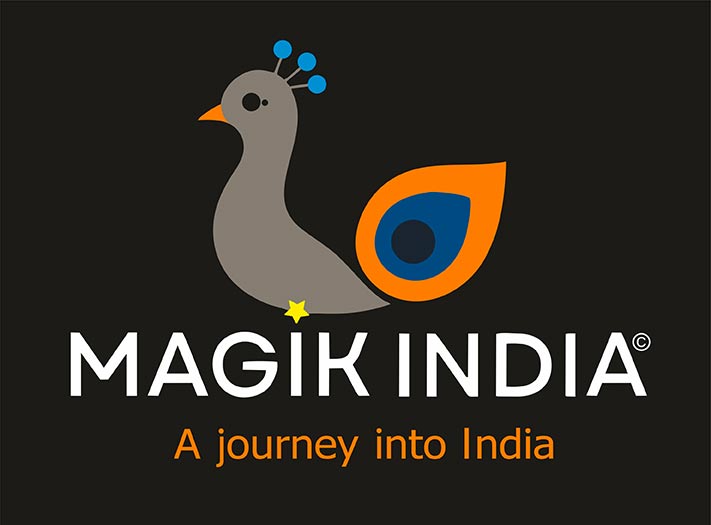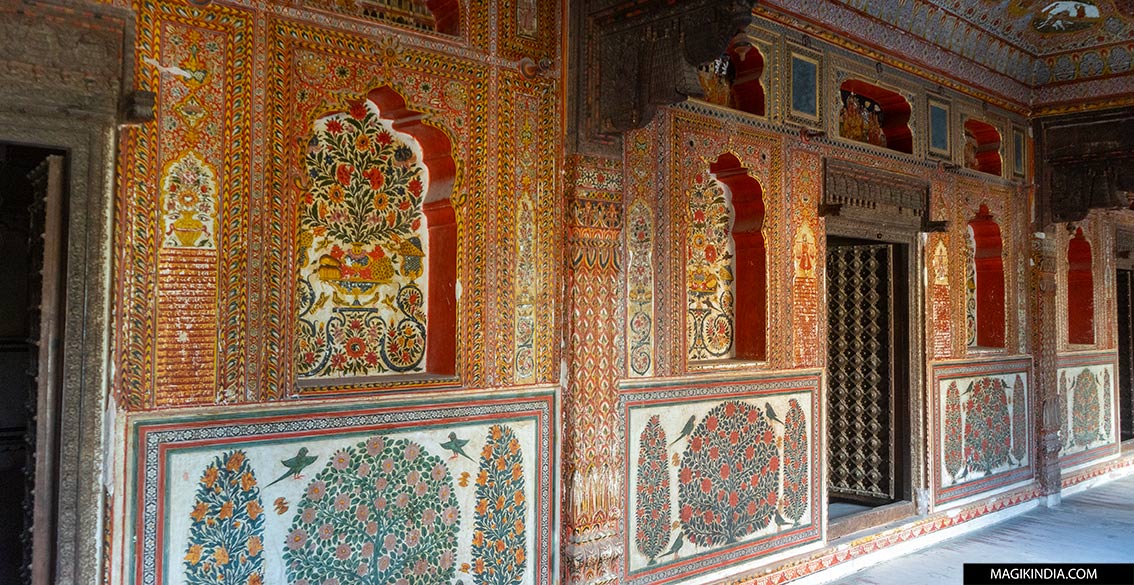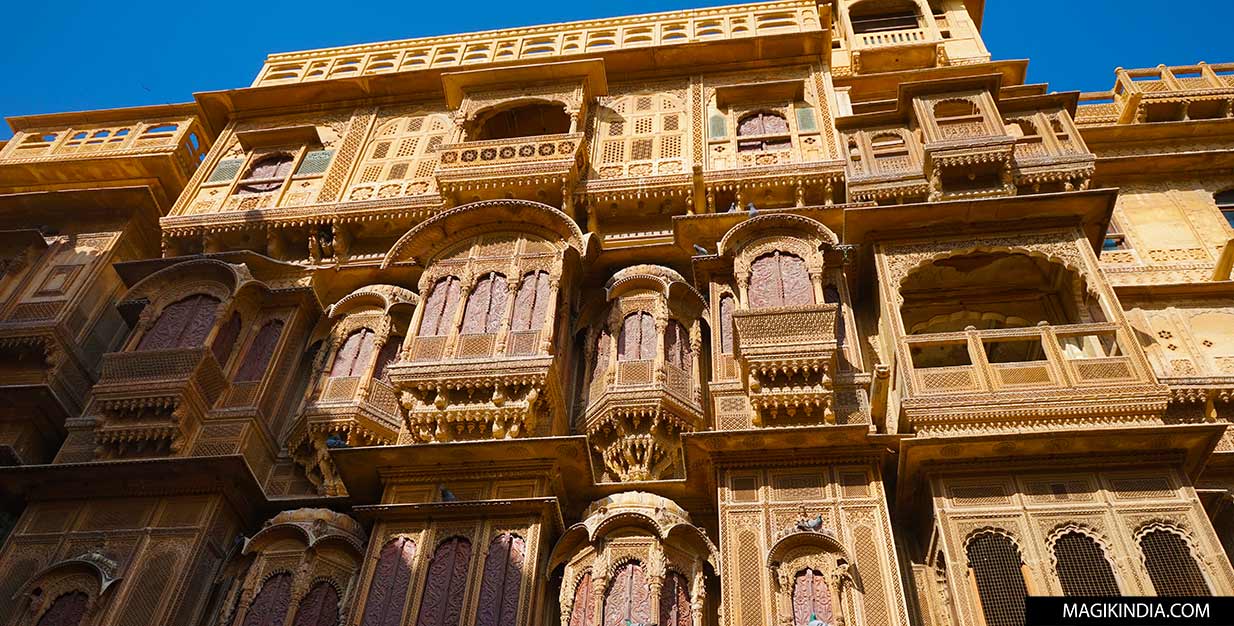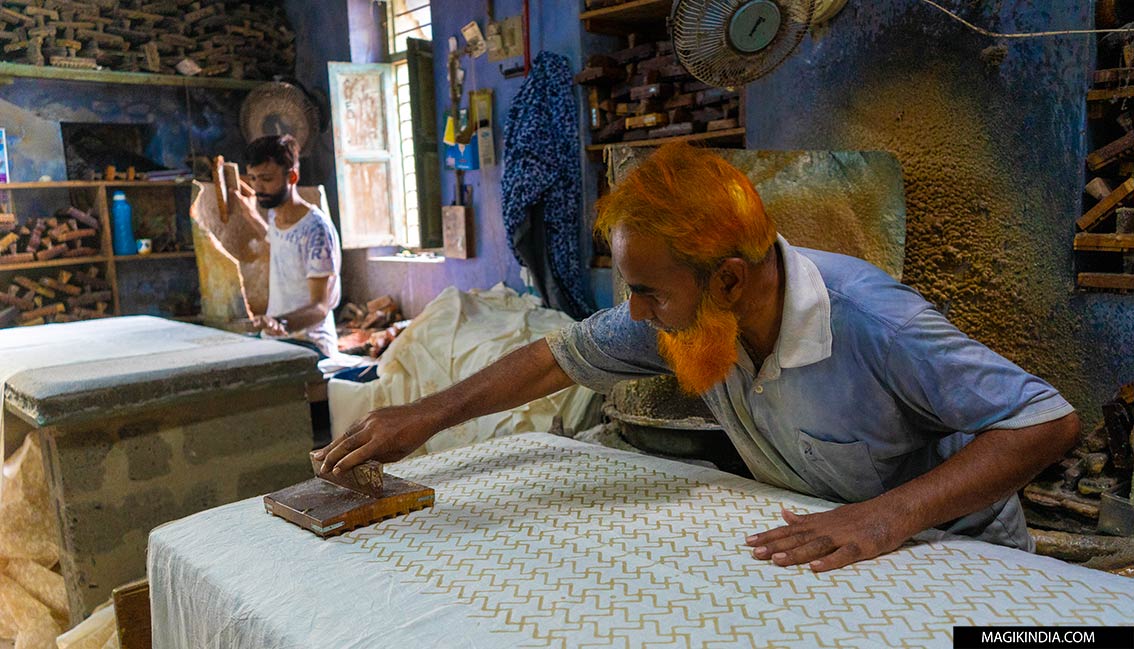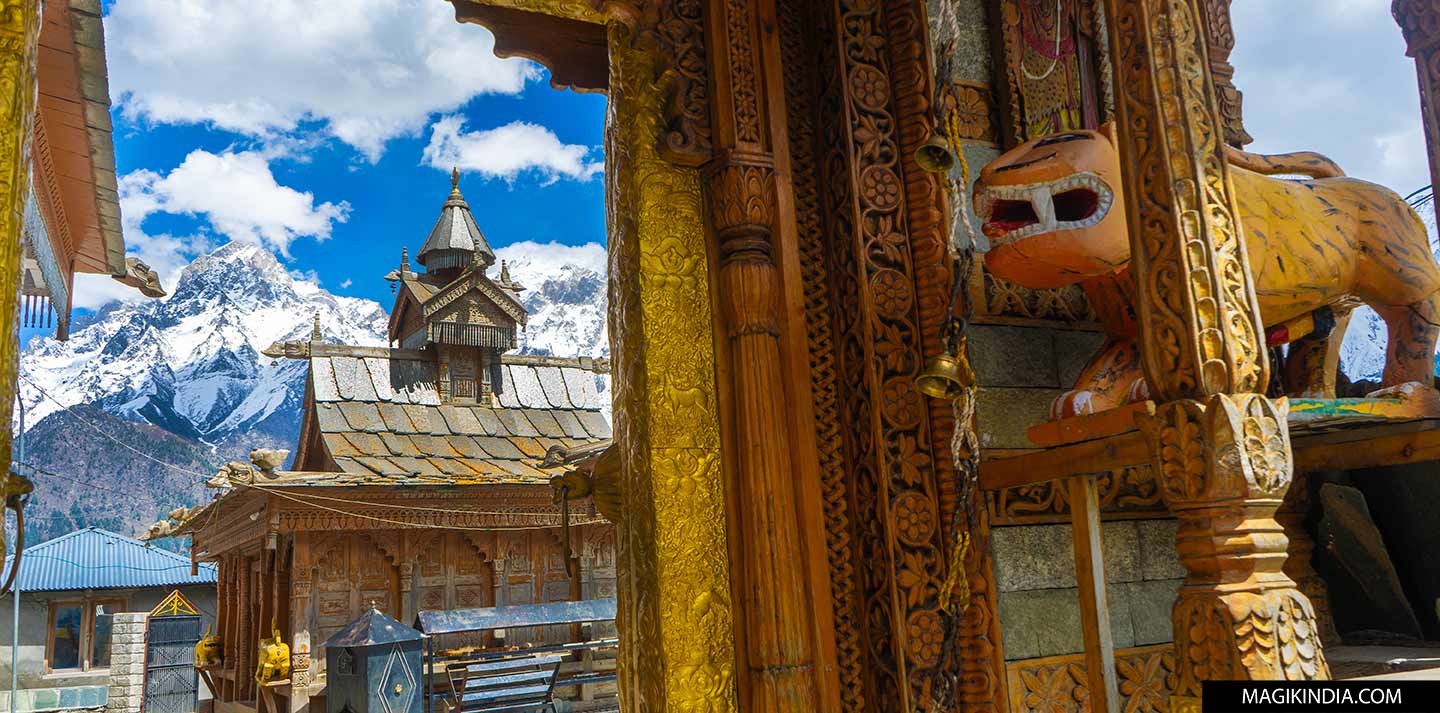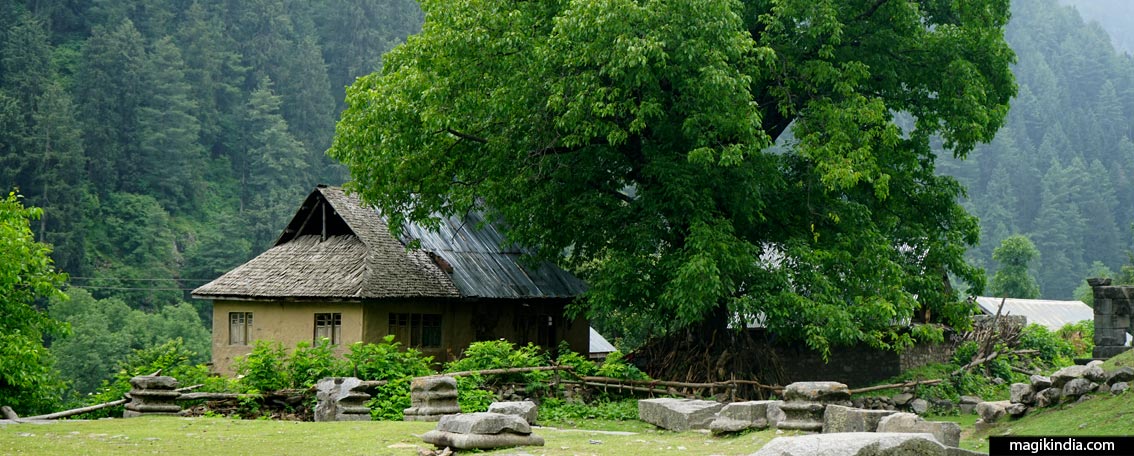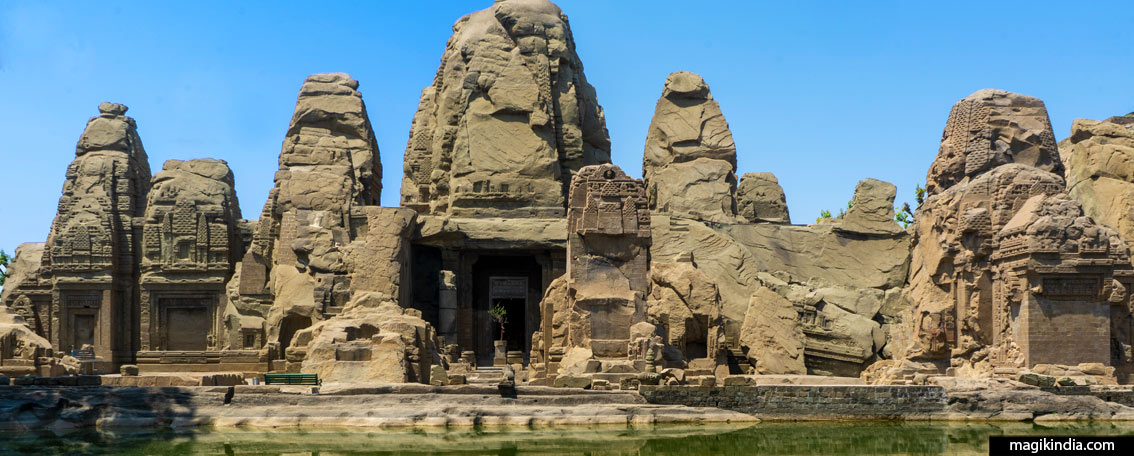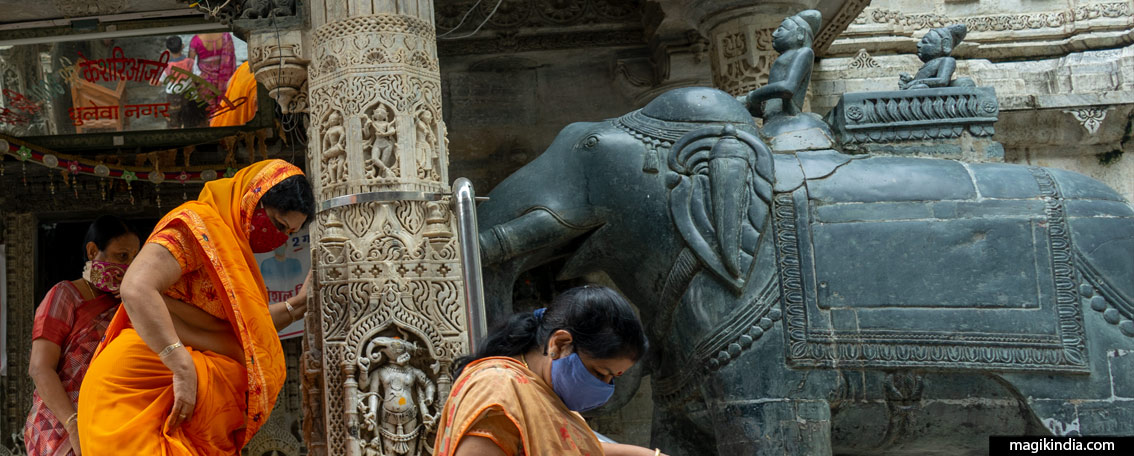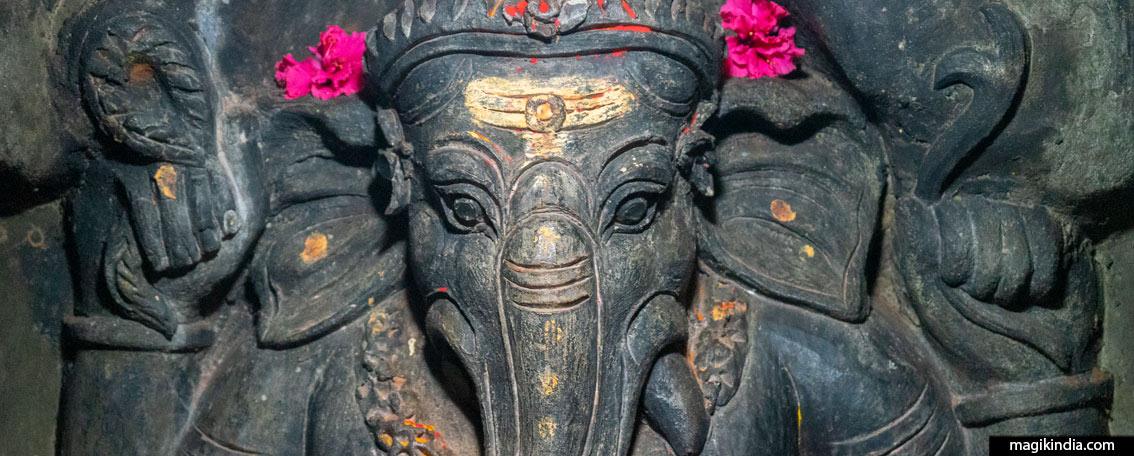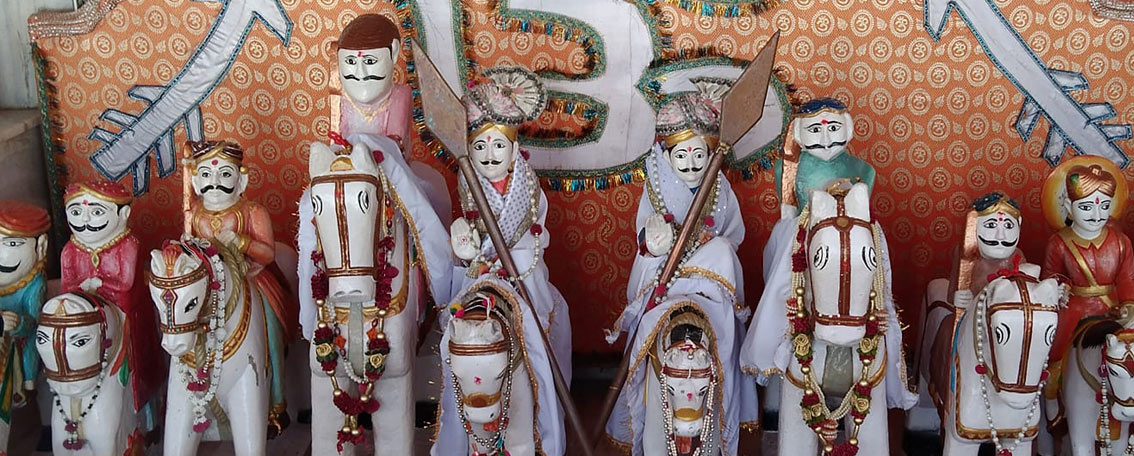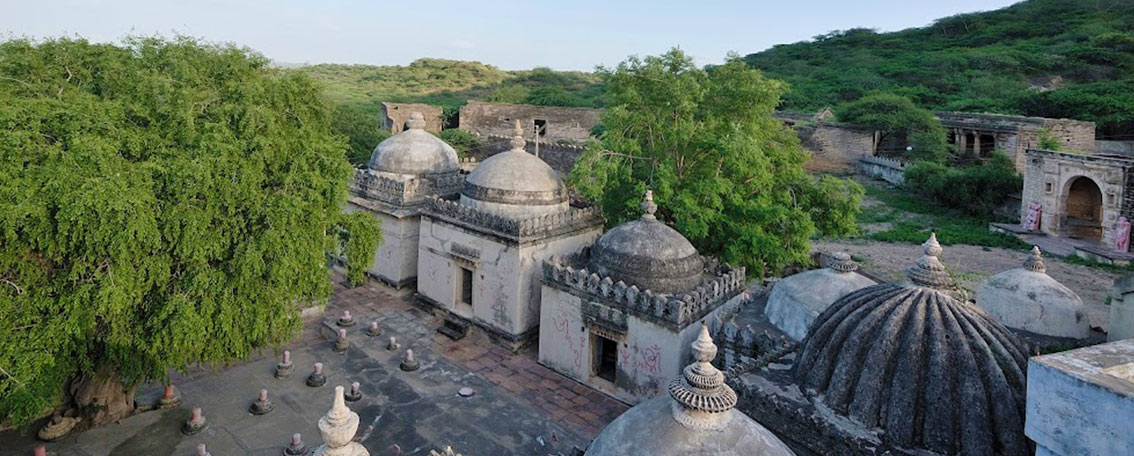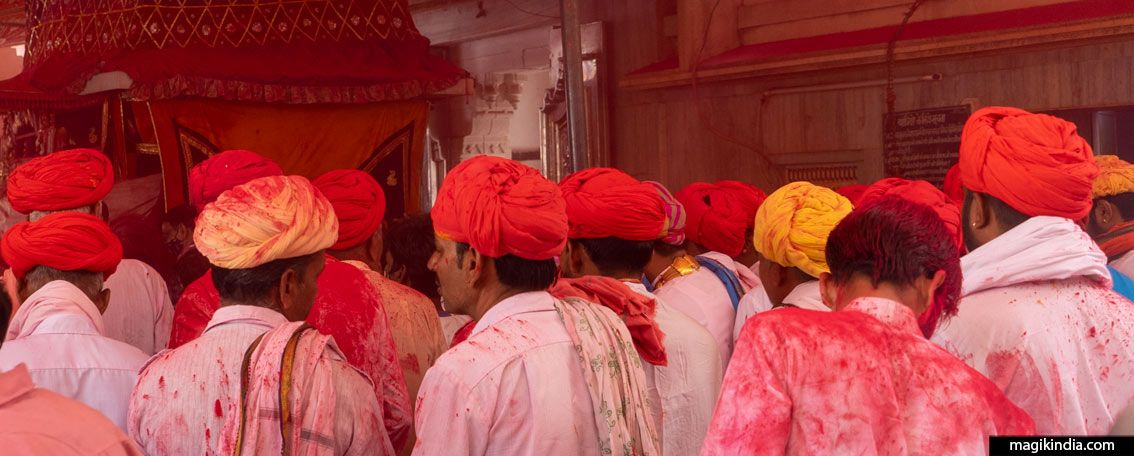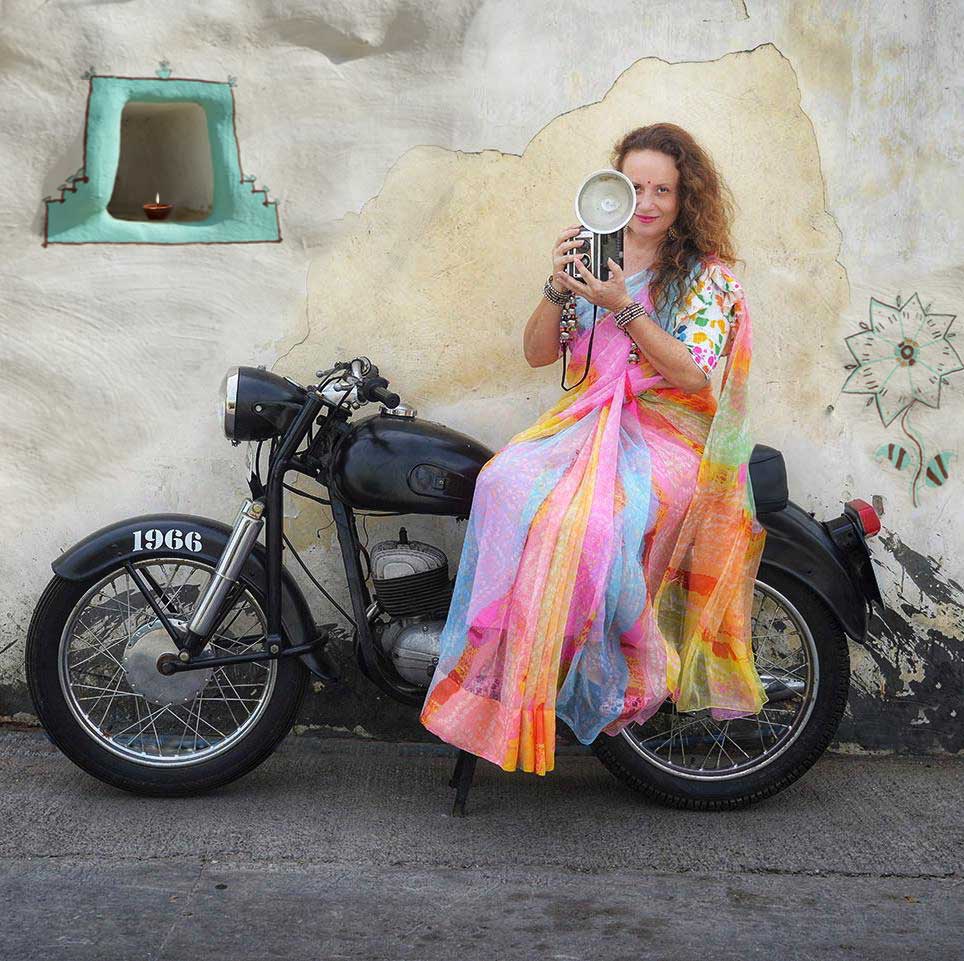
Namaskaram !
Welcome, Padharo ! I'm Mathini, a French woman who has been living in Rajasthan for 10 years. Despite being imbued with Indian culture from a young age it wasn't until 2014 that my Indian adventure really began. I left everything behind in France and set off on a 6-year journey through the land of Gandhi. These adventures are gathered in this blog which aspires, in an intentionally positive spirit, to bear witness to India's remarkably diverse and multifaceted cultural heritage. If this website sparks a desire to pack your bags and set off for an Indian adventure, it will have achieved its purpose. Subh Yatra on Magik India and beautiful explorations in the sacred land of Bharat...
If ever there was a peaceful place on earth it’s here, nestling in the foothills of the Pir Panjal range. Naranag is a small village with just a handful of inhabitants on the left bank of the Wangath river. The picturesque surroundings of meadows, lakes and breathtaking mountain ranges create the perfect setting for a trek and invite you to forget for a while the hectic pace of daily life.
Masrur, located 40 km from Dharamshala (Himachal Pradesh), is most certainly the archaeological pearl of the Kangra Valley. Although unfinished,there is something majestic about this cave temple, dating from the early 8th century AD and it can be added to the long list of the fabulous monolith sanctuaries of India.
At a time when many craft traditions are being lost in India, the village of Molela is an exception. Located in the district of Rajsamand (Rajasthan) about an hour from Udaipur, Molela is not a village like the others; it is a unique place for terracotta votive panels that the Adivasis cosmmunities come to acquire during the months of Magh and Vaishakh.
The Jain temple of Rishabhdev also called Kesariyaji or Rishabdeo, located 60 km south of Udaipur, is one of the four great “Teerth” (pilgrimages) of the Mewar region in Rajasthan. The other three being: Shrinathji, Shri Eklingji and Shri Charbhujaji. However, unlike the latter, Rishabhdev is not only revered by Jains, but also by Hindus and Bhils, the majority indigenous people of the region. This particularity, which was once the subject of discord between the different communities, contributes to the very special atmosphere of this place.
The Undavalli Caves located 10 km from Vijayawada (Andhra Pradesh), are one of the best examples of rock art in India, which flourished from 322 BCE to the 15th century CE all over the Indian subcontinent. First inhabited by Buddhist and Jain monks, the Undavalli caves were later enriched, under the reign of the Vishnukundin rulers, with delicate Hindu images.
Apart from the “Rann“, the great salt desert, the district of Kutch, in the northwest of Gujarat, has many other little treasures, which are worth a visit to the region alone. For this article, I have selected eight historic temples, still little known to travellers, which once again bear witness to the richness and cultural diversity of this corner of India.
Than Jagir, set at the foot of the volcanic hills of Dhinodhar (Kutch, Gujarat), is one of those places in India that leaves an indelible mysterious and magical impression on you. This hundred-year-old Hindu monastery is home to the order of Kanphatas, the intriguing “split-eared” tantric yogis.
